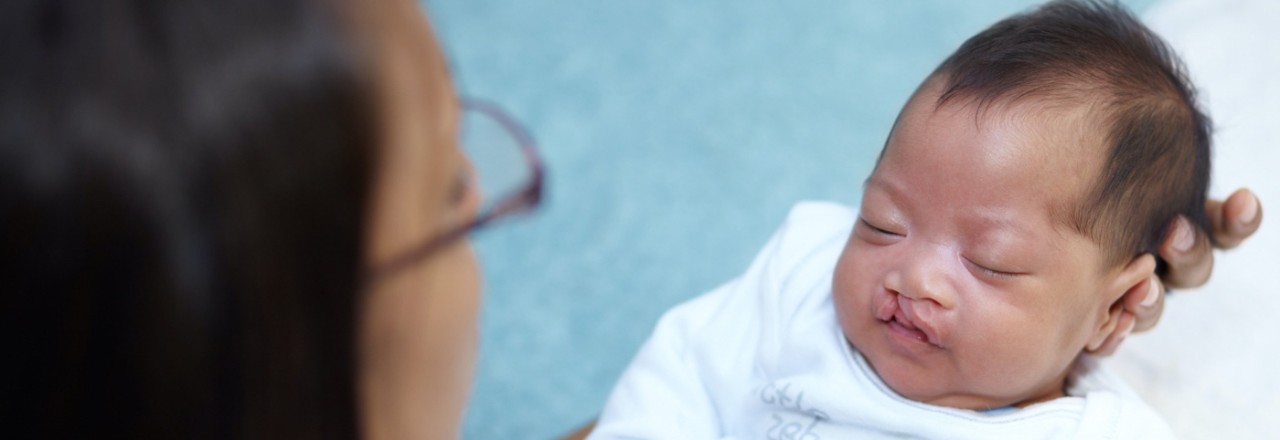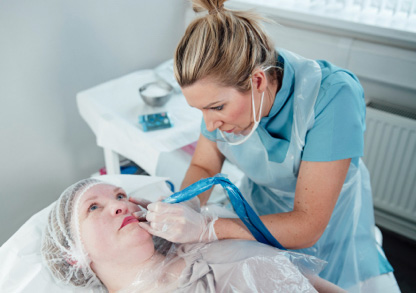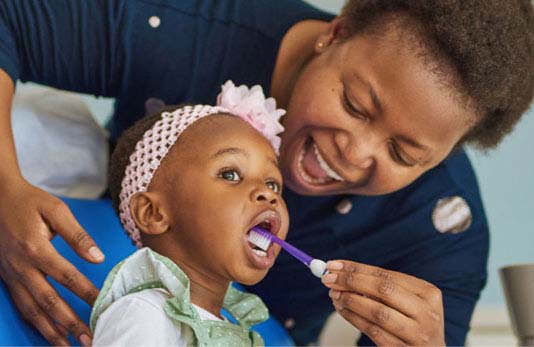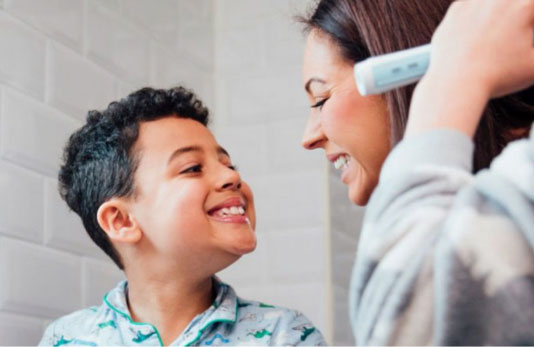What you need to know about cleft lip and palate

About 1 in every 1,600 babies is born with cleft lip with cleft palate in the United States, according to the Centers for Disease Control and Prevention. About 1 in every 1,700 babies is born with cleft palate. Among the most common birth defects, cleft lip and cleft palate occur when the sides of the lip or the roof of the mouth don’t fuse together properly.
How clefts occur
The bones and tissues of a baby’s upper jaw, nose and mouth normally fuse, or come together, during the first six to 10 weeks in the womb. This forms the roof of the mouth and the upper lip. When this process is unsuccessful, the baby is born with a cleft (split) in the mouth, lip or both.
Risk factors affecting the mother include:
- Having diabetes
- Smoking or drinking during pregnancy
- Not consuming enough folic acid
- Taking anti-seizure medications
Genetics can also play a role. Babies of Asian, Latino and Native American descent are the most likely to be born with a cleft, as are children whose parents themselves had cleft lip or palate.
Types of clefts
The major types of cleft are cleft lip and cleft palate. A baby may be born with only one or both conditions.
A cleft lip looks like an opening on the edge of the lip. Depending on how severe the cleft is, it may extend into the nose. Types include incomplete (partial) clefts, unilateral (one-sided) clefts and bilateral (two-sided) clefts.
A cleft palate, on the other hand, is a split in the roof of the mouth, also known as the soft and hard palate. This type of cleft may be limited to only part of the palate or one side of the face.
Complications from cleft lip and palate
Babies with cleft palate often have trouble feeding, since a gap in the upper mouth can prevent suction. Because breastfeeding may not be possible, special feeders have been developed to help parents feed their babies.
Other problems may arise later on. Clefts can cause hearing loss, speech difficulties and dental problems, such as missing, misshaped or irregularly aligned teeth. Children with cleft lip or cleft palate may also be at greater risk for cavities, since they often have weak areas in their enamel and thicker, less effective saliva.
Treatment of cleft lip or palate
A team of specialists can help correct cleft lip and cleft palate, as well as the complications these may cause. Key members of this team may include a pediatrician, oral surgeon, speech therapist, otolaryngologist (ear, nose and throat specialist) and orthodontist.
Initial surgery to close the gap in the palate or lip can occur as early as eight to 12 weeks.
The severity of the cleft determines how much dental treatment is needed. While some children may require extensive orthognathic (jaw and facial) surgery, others may only need orthodontic treatment.

Last updated December 21, 2021
Related articles:
The oral health information on this website is intended for educational purposes only. Always consult a licensed dentist or other qualified health care professional for any questions concerning your oral health.


